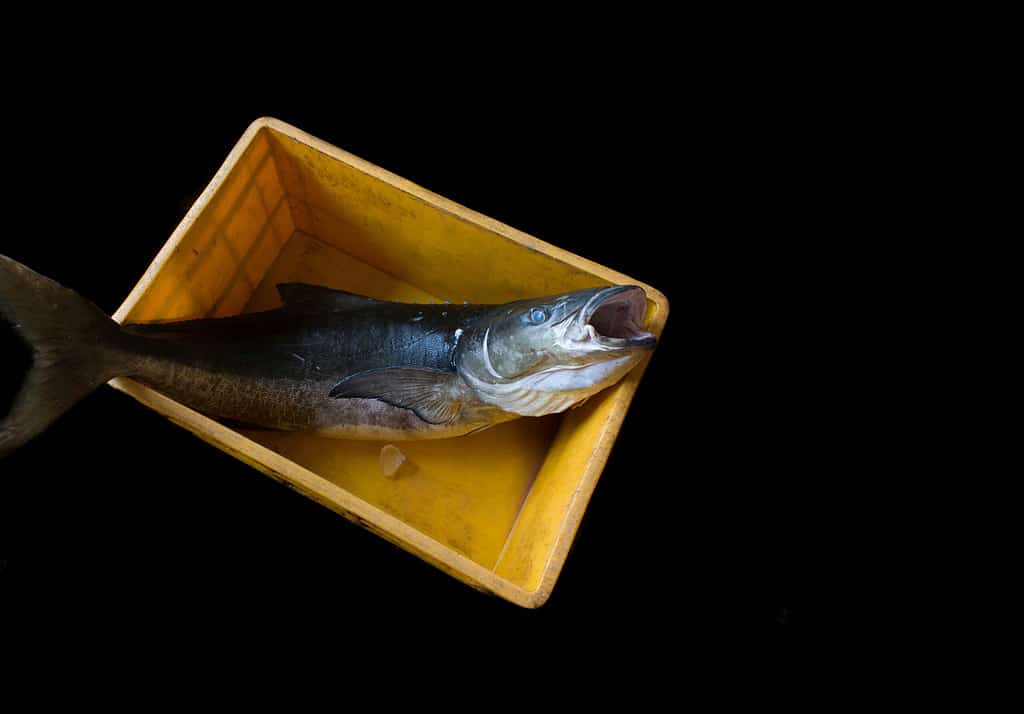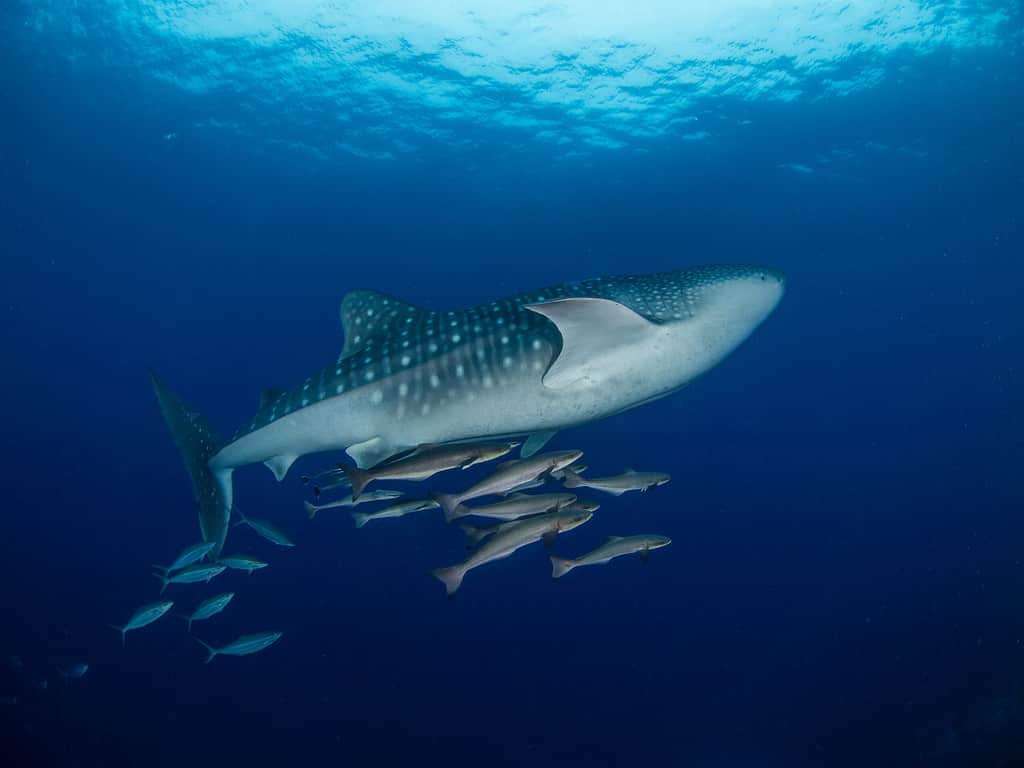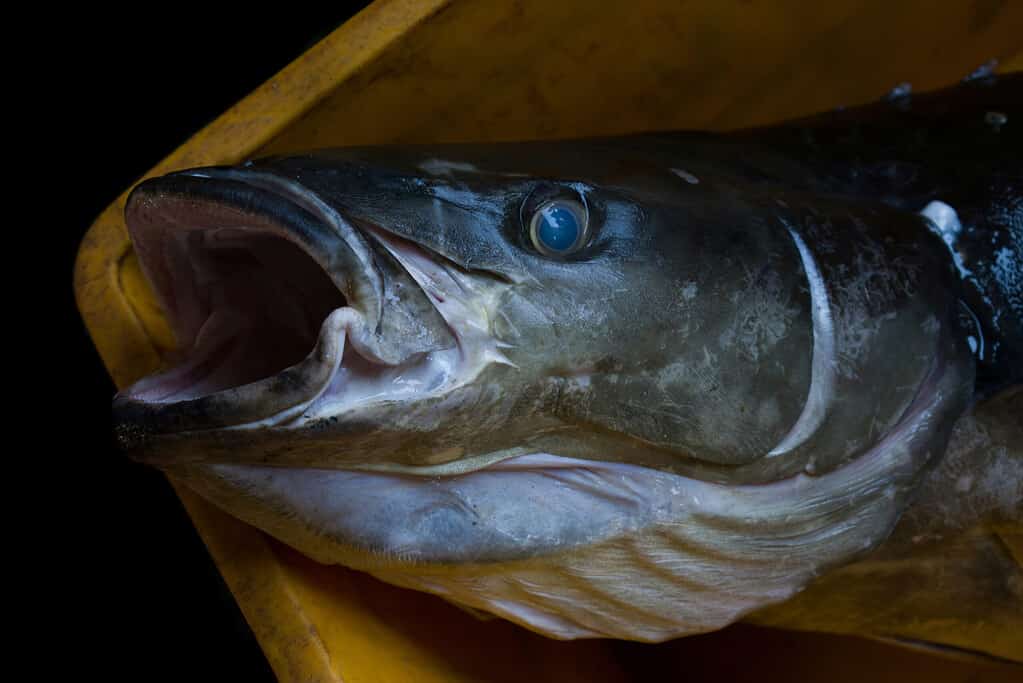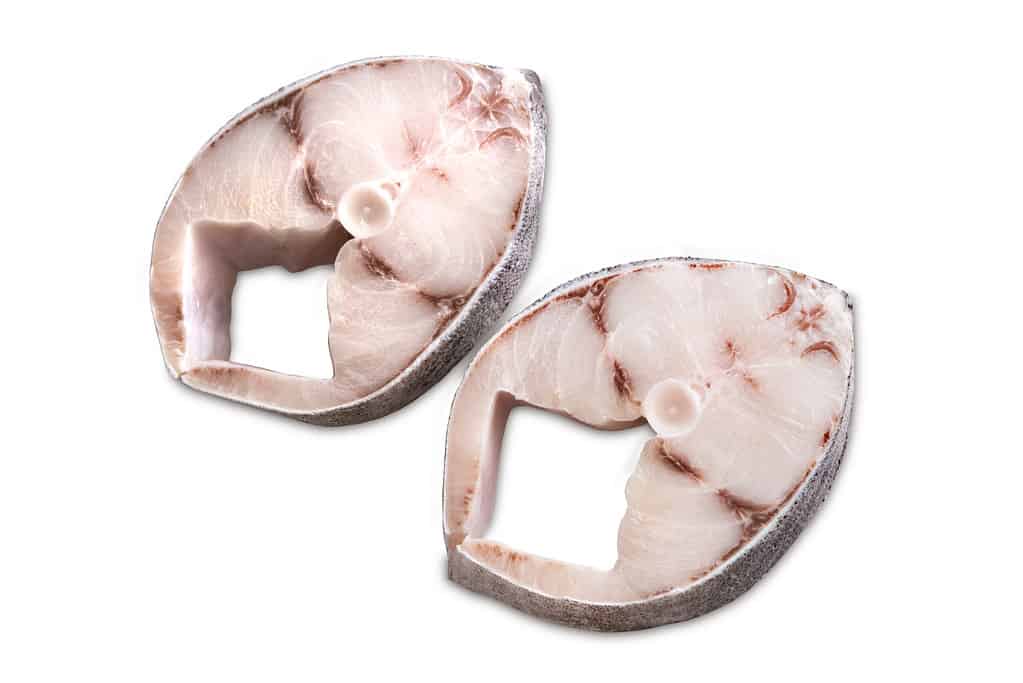Are you looking for cobia fishing tips to help you land a few more on your next outing? Cobia are powerful gamefish and fun to catch. They have an outstanding fight, and in this guide, we break down what makes them fun to catch and how you can do it.

Anglers seek out cobias, whether it’s for competition or consumption purposes. If you’re a beginner, cobia fishing can be challenging because it requires great angling skills, patience, and high-quality equipment.
To be successful on your first try, learn more about when, where, and how to fish them.
About Cobia Fish
There are two kinds of cobia—Gulf cobia and Atlantic cobia—found in the waters of Florida, Massachusetts, the Bahamas, and the Gulf of Mexico. They are migratory fish that can grow up to three to four feet with an average weight of 15 pounds up to 100 pounds.
The cobia can be identified easily through their physical attributes. They have an elongated torpedo-shaped body in color gray or brown with dark stripes flowing from their gills through the base of their tail.
If you spot them from afar, you would think they are sharks because of their body shape and color.
Where Does Cobia Hang Out?

Cobia loves to hang out nearshore as shallow as 3 feet and as deep as 20 feet.
They usually rest or eat around navigation markers, offshore and inshore reefs, ocean rocks, wrecks, buoys, or other floating structures. Anglers also sight them around the shoal.
What Does Cobia Eat?
Cobia has a protein-rich diet that contributes to the reason why they grow so fast. Do you want to know where to find them? You must be familiar with their diet.
They are known to be an aggressive eater because they eat whatever comes their way, but they usually prefer blue crabs, crabs, eel, squid, and smaller baitfish.
They are often seen together with rays and large turtles. The stingrays used to stir their wings at the bottom of the sea for the shrimp and crabs to go out.
On the other hand, the turtles scare up creatures that cobia love eating found on the grass beds.
Where Can I Fish Cobia?

This fish is one of the eurythermal species that can withstand a wide range of temperatures but is most active in warmer waters.
When the water temperature in the Gulf of Mexico drops to 60 degrees Fahrenheit, they move to the north as far as Massachusetts to spend the summer and back to Florida for the winter season.
You can easily spot them if you would be familiar with their seasonal migrations. Cobia travel in small schools together with stingrays.
Sometimes, when anglers see rays’ wings breaking at the water’s surface, it could indicate that cobia is also around.
Cobia Fishing Gear
Cobia is a large and heavy-fighting fish. You need to have the appropriate set of equipment to be efficient in catching them. You must have a lure, bait, tackle, fishing line, rods, and reels.
Rods and Reels
For a smooth drag, use a medium to heavy spinning rod with a length of about 6-7 feet paired with a sturdy reel. The reel should be at least 230 yards of 20-40 pounds test.
Lures
Anglers make use of artificial lures that are similar to what cobias naturally feed on. For example, cobias have a great appetite for crabs, so using a plastic crab as a lure effectively attracts them. You may also use 2-5 oz jigs. Jigs move gracefully, just like a squid.
Another commonly used lure is the bucktail. Bucktails come in different colors and sizes, but choose the one that’s about 2–3 ounces. No matter what lure you use, ensure it has large, durable hooks so the cobia won’t escape.
Baits
In using bait to catch cobia, it’s important to ensure they don’t die. Live bait easily attracts cobia more than dead bait.
Strong baits that don’t die easily are croakers and eels. Placing your live baits in a fishing bucket with saltwater is a technique to keep them alive after hooking them.
Tackle
The ideal fishing tackle for catching cobia must be a medium or heavy spinning, conventional outfit. The stout tackle is more efficient when targeting them near heavy structures like sunken wrecks or oil rigs.
Fishing Line
Regarding fishing lines, anglers have two choices when catching cobia: the monofilament line and the braided line. The commonly used is the braided line.
It has a thin diameter to accommodate more lines in the spool for longer casting distances. A braided fishing line past the 50-pound test line suits an even larger cobia.
Catching Cobia
Anglers use different techniques to catch cobia. It can either be through the use of bait or a lure. In warmer temperatures, cobia swims near the surface of the water, so catching them without the use of bait or lure is still possible.
Here are two effective ways by which you can catch them:
Fly Fishing
Level up your fishing skill with fly fishing. It works well in spring when they are spawning. During this time, they stay inshore or close to the water’s surface.
Anglers who want to practice their fishing skills in preparation for the summer season, where cobias are most active, must try fly fishing in spring.
Drift over in any structure where cobia may seem to hang out and cut your motor if you’re aboard a boat before casting the line.

Spinning and Casting
During the migration period, cobia stays close to the water’s surface, so spinning and casting are where you can show off your light tackle skills.
It’s ideal to use artificial lures like bucktail jigs, Texas-rigged plastic eels, and worms to make things easier.
Spinning and casting are great ways to access the structures where they love to hang around easily. Just present your bait or lure appropriately for a successful catch.
Cobia Fishing Regulations
Fishing regulations for cobias in different states differ. You need to check your state’s most up-to-date regulations before heading out.
Final Thoughts
Engaging in cobia fishing is rewarding for anglers because they are one of the biggest fighting fish. For you to be able to catch them successfully, you must know where they hang out, their migrational pattern as well as their feeding habits.





 Facebook
Facebook YouTube
YouTube



